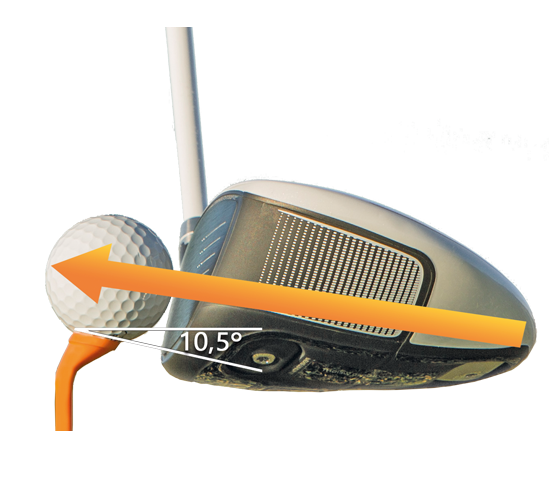Frequently Asked Questions
Most frequent questions and answers
Science behind
- Consistent Launch Angle:
- The study shows lower launch angles can help mitigate distance loss at high speeds/spin.
- The GolfJoyTee’s angled design promotes consistent, lower launch angles.
- This allows golfers to apply maximum club speed without sacrificing carry distance.
- Efficient Power Transfer:
- Excessive backspin was shown to reduce carry distance.
- The GolfJoyTee’s angle matches the swing plane better.
- This alignment transfers more power to direct ball velocity vs excess spin.
- Less spin means farther carry at high club speeds.
- Balance of Factors:
- Peak carry requires balancing spin, angle, and speed.
- The GolfJoyTee makes it easier to achieve this optimized combo.
- Even small improvements to alignment and impact can add yards.
In summary, by facilitating more efficient power transfer and consistent launch conditions, the GolfJoyTee helps golfers easily unlock those extra yards. The science shows even minor improvements make a big difference in carry!
Let me know if you need any clarification or have additional questions on applying this research to strengthen the messaging around the GolfJoyTee’s benefits!
Numerical simulation and characteristics investigation of golf ball trajectory September 2019 HKIE Transactions 26(3):105-114 DOI:10.33430/V26N3THIE-2018-0040
The study used computer simulations to model how three main factors affect golf ball flight:
- Club head speed
- Ball rotational speed
- Launch angle
The results showed:
- Increasing club head speed improves carry distance, up to a point. Once ball rotational speed exceeds 3000 RPM, further club head speed increases can actually decrease distance.
- Ball backspin contributes significantly to peak height. Higher rotational speeds greatly increase peak trajectory height.
- Launch angle also impacts carry. Lower angles help mitigate loss of distance at very high club speeds and spin rates.
- The three factors together have a stronger combined effect on carry distance rather than peak height.
In terms of optimizing for maximum distance:
- Medium club head speeds, moderate 3000 RPM backspin, and lower launch angles provide the best carry.
- Very high speeds or excessive backspin leads to suboptimal flight that reduces distance.
The study validated these simulation findings with real-world driving tests.
In summary, there are clear sweet spots for each variable that must be balanced to achieve maximum carry. The GolfJoytee’s angled design aims to help golfers consistently achieve these optimal strike conditions.
How can I edit the masks ?
All the Lorem Ipsum generators on the Internet tend to repeat predefined chunks as necessary, making this the first true generator on the Internet. It uses a dictionary of over 200 Latin words, combined with a handful of model sentence structures, to generate Lorem Ipsum which looks reasonable. The generated Lorem Ipsum is therefore always free from repetition, injected humour, or non-characteristic words etc.
What do I need to open the files ?
Main findings:
- Dimples on a golf ball reduce drag by shifting the transition to turbulent flow to lower velocities. This causes separated flow behind the ball to be narrower.
- Golf ball lift is highly dependent on spin rate. At higher spin, a asymmetric separation happens with flow sticking longer on the “acceleration” side. This creates lower pressure and more lift.
- Spin induces a circular wake behind the ball that shifts in the direction of rotation. Higher spin intensifies this phenomenon.
Potential relevance:
- The angled design of the GolfJoyTee promotes stickier flow on one side, similar to adding spin via backspin. This may similarly induce lift-generating pressure differences around the ball.
- The teed-up angle matches with common swing planes. So the augmented lift would act perpendicular to generate efficient trajectory rather than increased spin.
- Less dependence on spin could produce more consistent flight with straighter dispersion even at higher clubhead speeds.
In summary, while not conclusive, the aerodynamics research provides some promising analogies between spin effects and how the GolfJoyTee’s angled configuration could similarly improve flight. The shaped tee aims for aerodynamic benefits without requiring high spin rates. Further testing could continue investigating correlations suggested by this established golf ball research.
